Introduction: Why drones will decide the outcome of operations in 2025
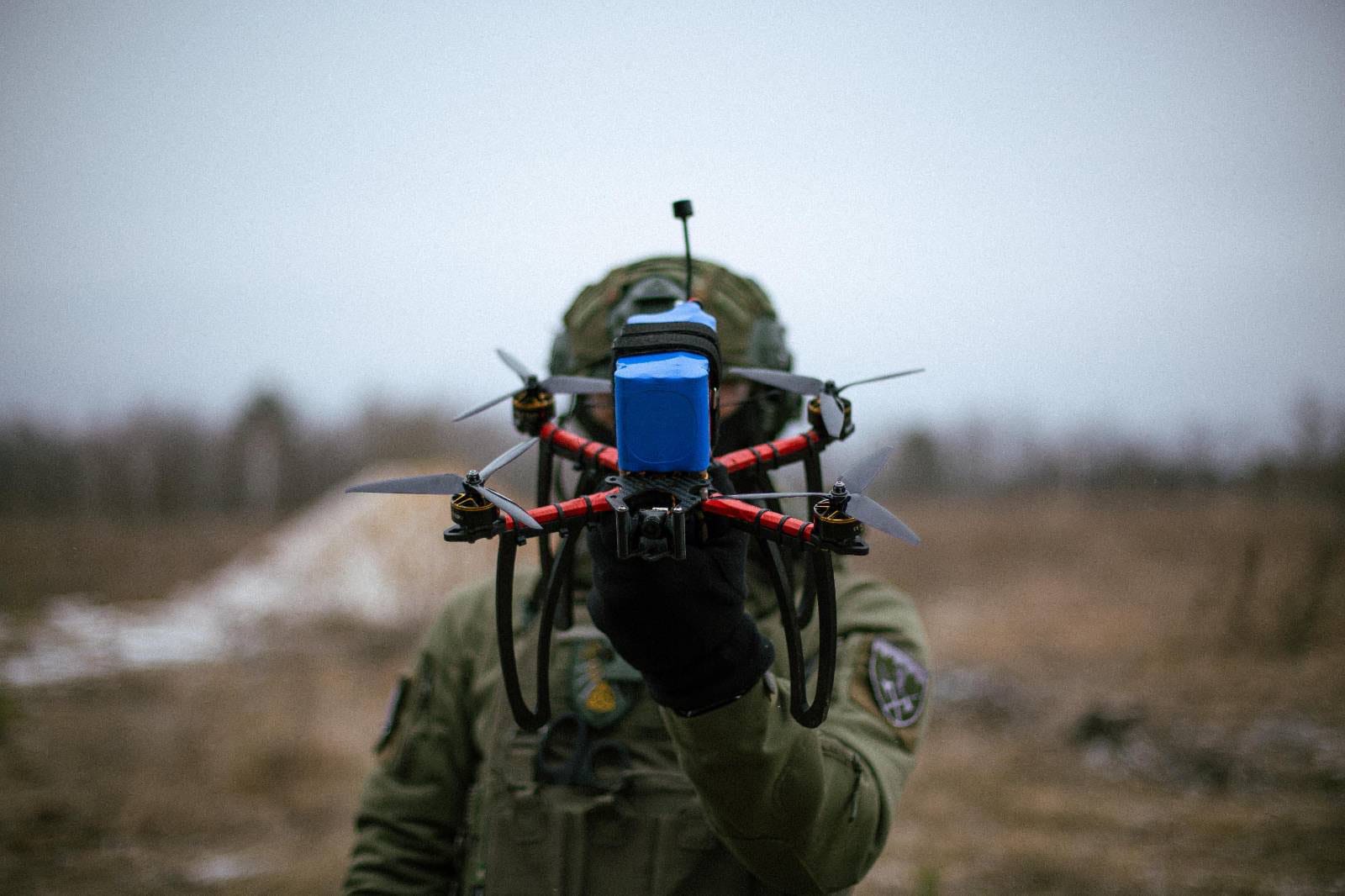
Context and trends: how the UAF drones of 2025 have evolved
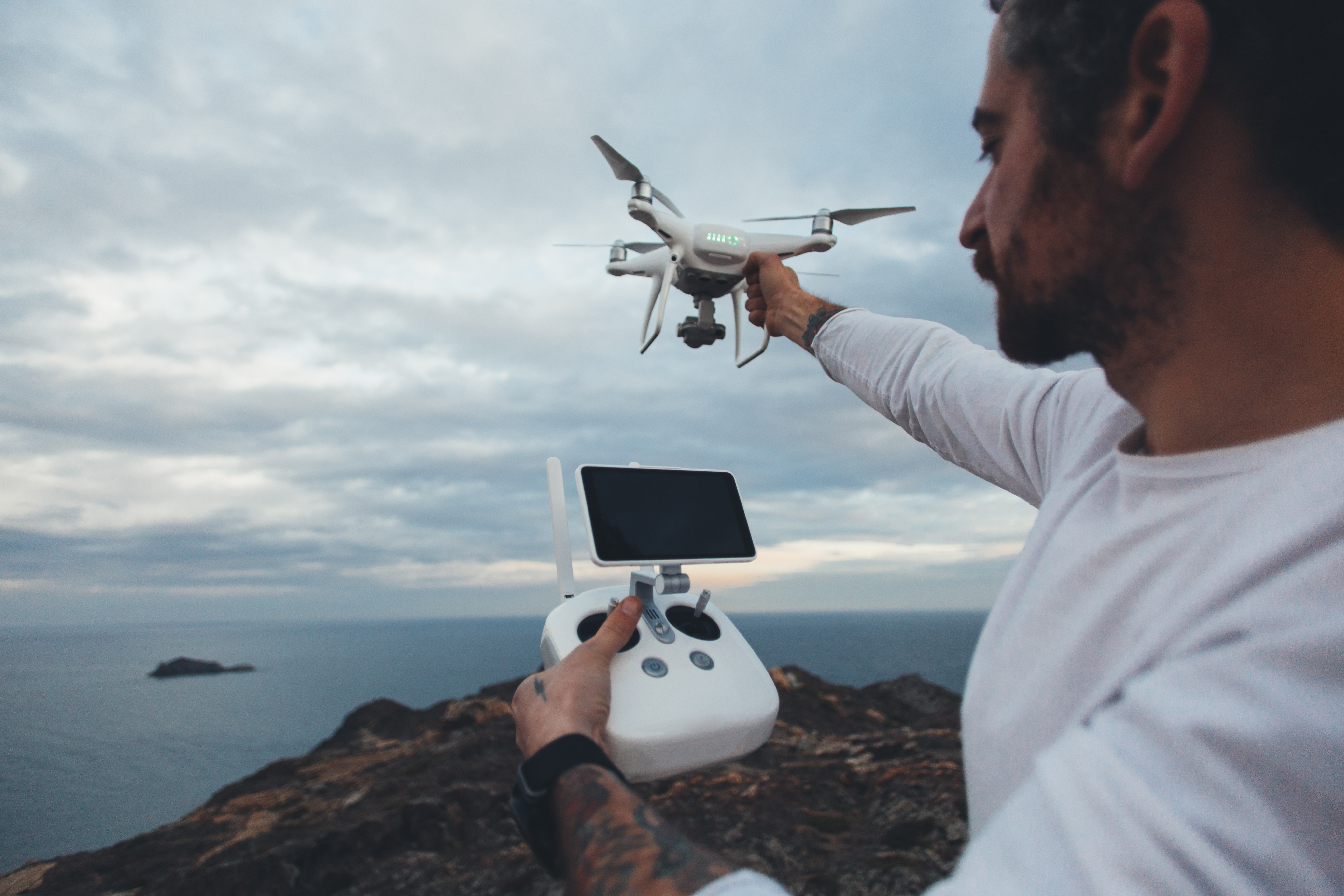
Classification: main categories of UAVs in the units
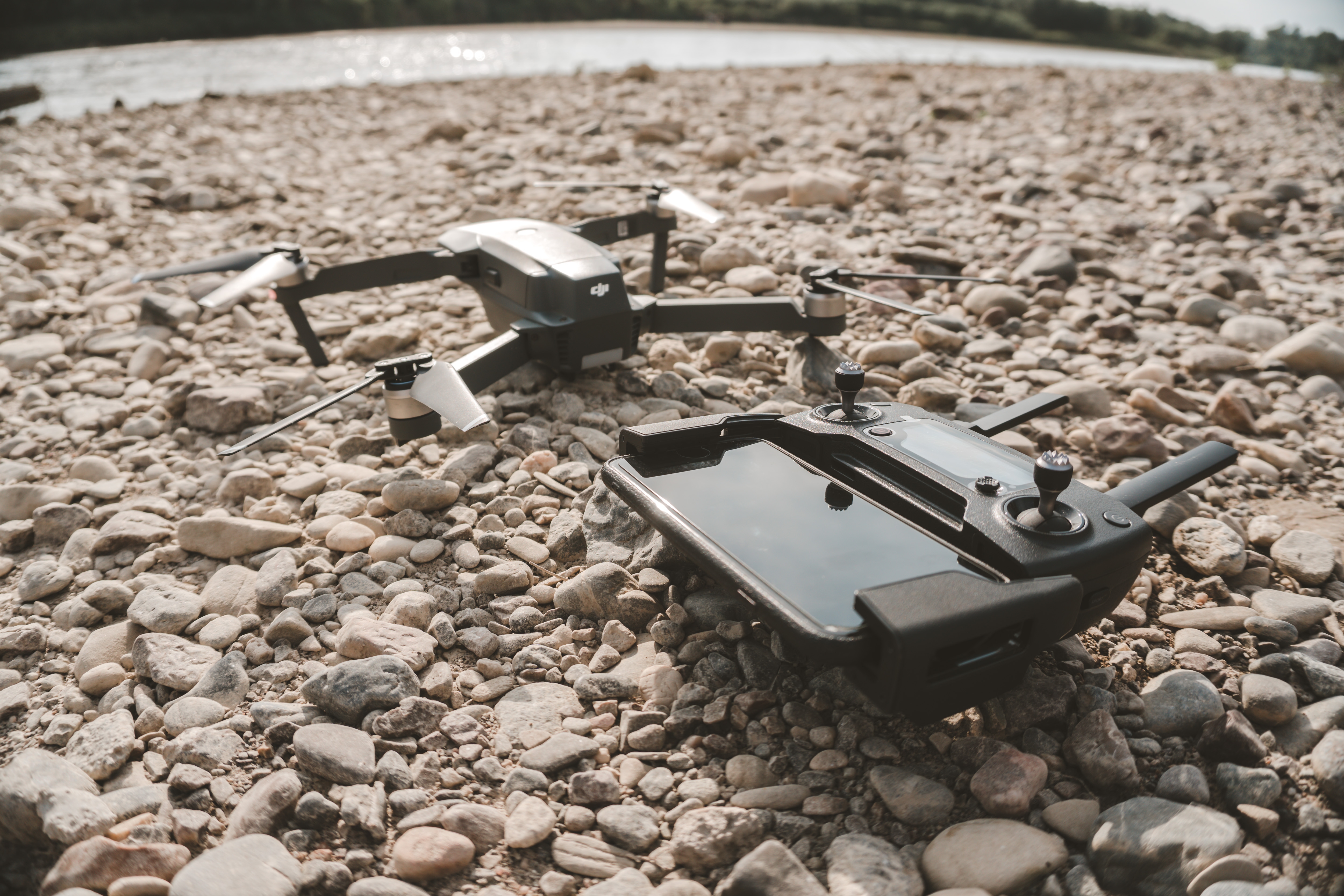
Overview of popular models: what really works at the front
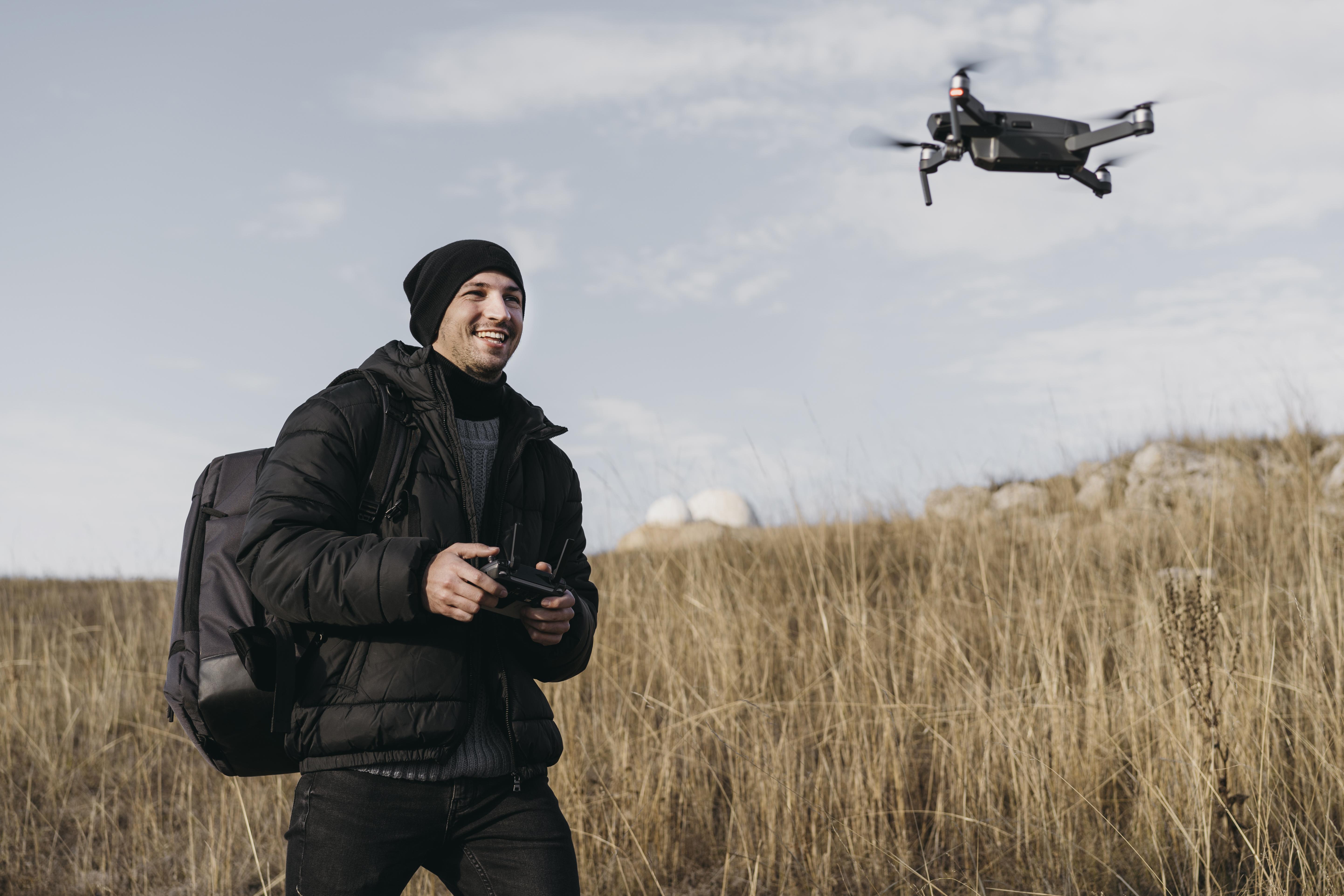
What do philanthropists buy: the experience of the INTERNATIONAL UNITY MOVEMENT
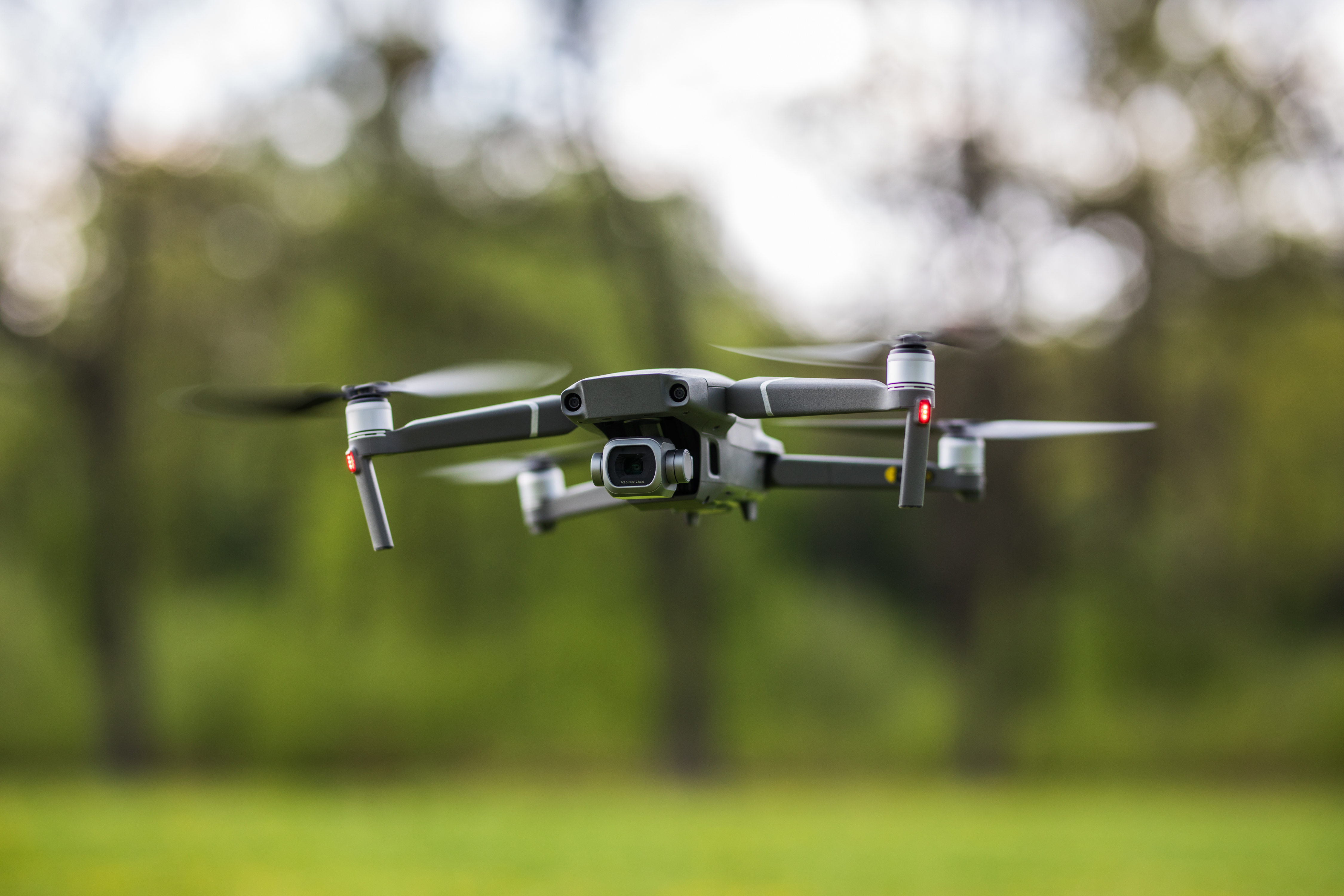

 Українська
Українська English
English









